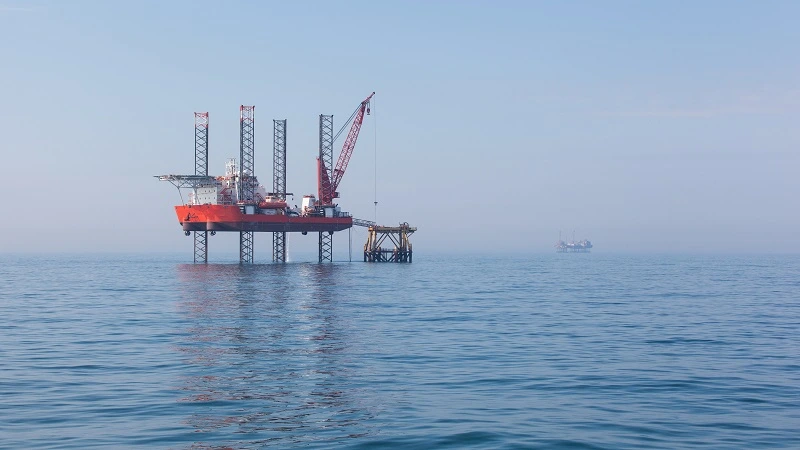
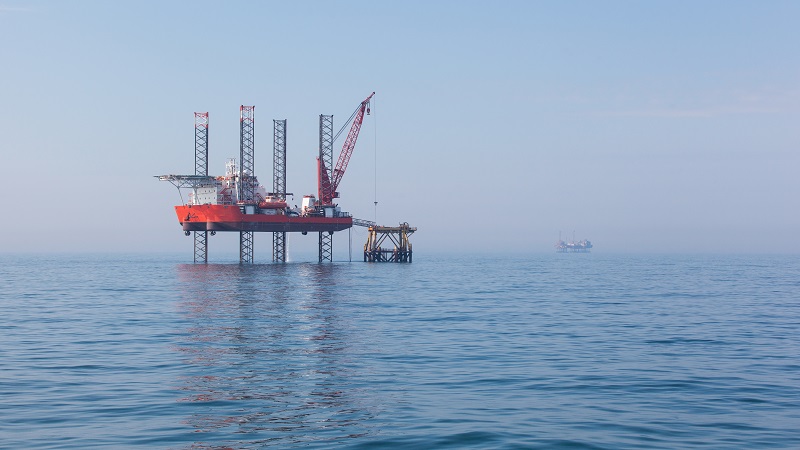 Following Australia's first operator-supported offshore decommissioning liability assessment, several measures have been identified to reduce cost based on the insights generated from the asset databases.
Following Australia's first operator-supported offshore decommissioning liability assessment, several measures have been identified to reduce cost based on the insights generated from the asset databases.
By adjusting the work breakdown structure of the costed decommissioning database, a quantum of reduction that can be targeted for key measures has been estimated:
In order to maintain continuity of savings on the liability, effective industry-wide knowledge sharing should be ensured, failure of which will risk sub-optimal cost reduction outcomes.
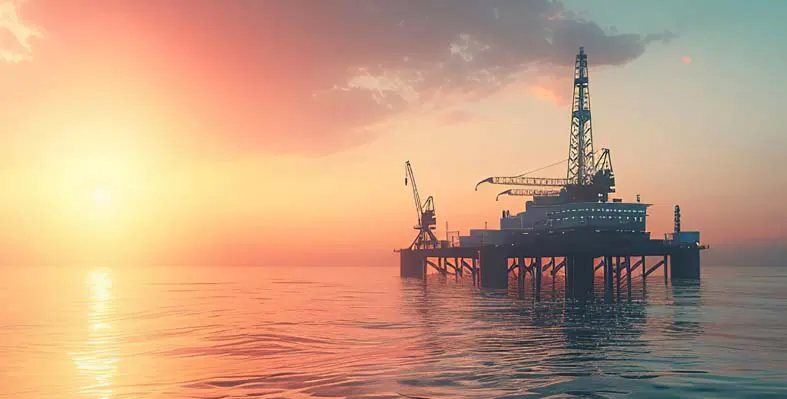
 Australia’s offshore oil and gas industry is undergoing a seismic shift, with an estimated 5,695 kilotons of infrastructure set to be decommissioned from its coastal waters by 2060 and beyond.
Australia’s offshore oil and gas industry is undergoing a seismic shift, with an estimated 5,695 kilotons of infrastructure set to be decommissioned from its coastal waters by 2060 and beyond.
This monumental effort, spanning both onshore and offshore activities, involves a broad range of businesses, from initial planning and permitting to dismantling offshore platforms and recycling materials. It’s a complex process that includes plugging oil and gas wells, removing pipelines, dismantling steel structures, and safely disposing of waste materials. As the industry adapts to the future, the scale of decommissioning is expected to evolve, and the potential impact on Australia’s economy, environment, and job markets is immense.
The expanding offshore decommissioning value chain
Australia’s offshore decommissioning value chain is vast, with many key players involved in various stages of the process. Key activities include:
* Planning and securing necessary approvals: Obtaining government permits and satisfying environmental regulations are crucial first steps.
* Removal of subsea infrastructure: This includes plugging and abandoning over 1,000 wells, removing more than 4,960 km of pipelines and 1,700 km of flowlines from the seabed, and dismantling a host of offshore facilities such as fixed production platforms and floating production storage facilities
* Waste management and recycling: Steel, plastics, and other materials are salvaged and recycled, while hazardous materials are safely disposed of.
The Gippsland Basin, located off the coast of Victoria, holds a significant portion of the offshore infrastructure, accounting for about 9% of the total materials slated for decommissioning. However, the bulk of the work lies in Western Australia, where 89% of the material to be removed is concentrated. The sheer scale of this operation requires a coordinated effort among various stakeholders, including government agencies, private companies, and environmental organizations, to ensure that decommissioning is done responsibly and efficiently.
The costs and economic implications
The cost of decommissioning in Gippsland Basin and North Carnarvon Basin alone is projected at US$11bn by 2032. This is just the beginning, as decommissioning peaks are expected in 2033-2037 and 2043-2047, corresponding with the end of life for large infrastructure projects.
With the ongoing evolution of offshore wind, decommissioning activities will only become more extensive and expensive. The pipeline of decommissioning projects is projected to continue expanding well into the second half of this century, shaping Australia’s energy landscape for decades to come.
The information in this article is sourced from the Department of Industry, Science and Resources. You can read more here
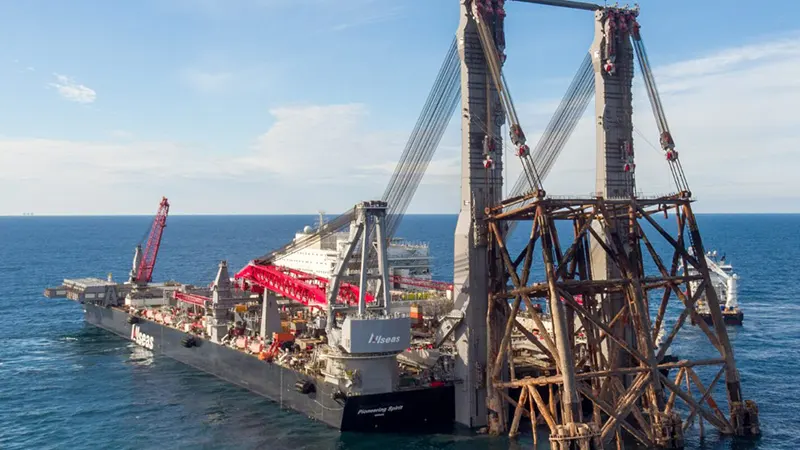

A groundbreaking offshore construction vessel is being used for a Gippsland Basin decom contract, which will provide a safer and more cost-effective removal of platforms.
The Esso Australia Pty Ltd (Esso Australia), a subsidiary of ExxonMobil Australia, recently awarded Switzerland-headquartered Allseas, a leading contractor in the offshore energy market, the contract to remove up to 12 retired platforms from the Gippsland Basin in the Bass Strait, with a combined weight of approximately 60,000 tonnes. It covers up to 12 topsides and up to 11 steel jackets.
Allseas will utilise the Pioneering Spirit, which the company says is the largest, most versatile offshore construction vessel in the world, designed for the single-lift installation and removal of offshore platforms and the installation of record-weight pipelines.
The emergence of Pioneering Spirit sets new standards in offshore installation and decommissioning, according to Allseas. Capable of lifting entire platform topsides of up to 48,000 t and jackets up to 20,000 t in a single piece, it significantly reduces the amount of offshore work associated with installation and decommissioning, moving the work onshore where it is safer and more cost effective and reducing the time required to execute such contracts. The vessel set a new world record for the heaviest lift ever performed in July 2024, when it removed the last platform of the Shell Brent field in the North Sea, Brent Charlie, with topsides weighing 31,000 t.
Allseas plan to remove all the structures with Pioneering Spirit in just three to four months, starting late 2027. Once removed, the facilities will be transferred to barges or vessels for load-in to the Barry Beach Marine Terminal in Victoria for dismantling and recycling by a separate onshore contractor. Planning and engineering work is already underway.
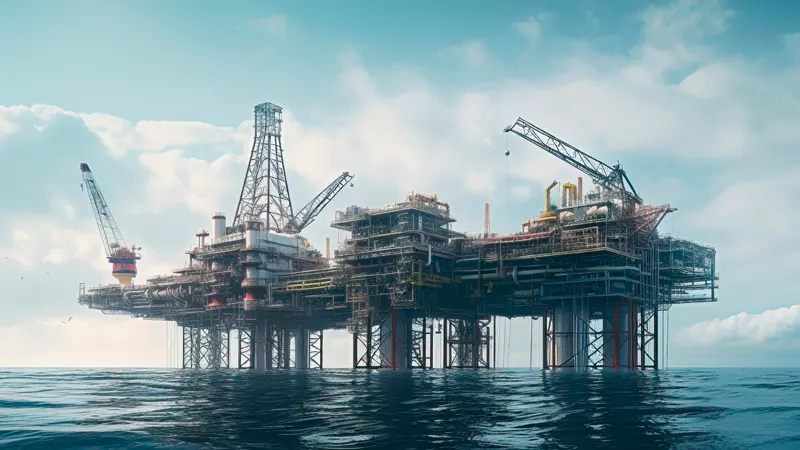
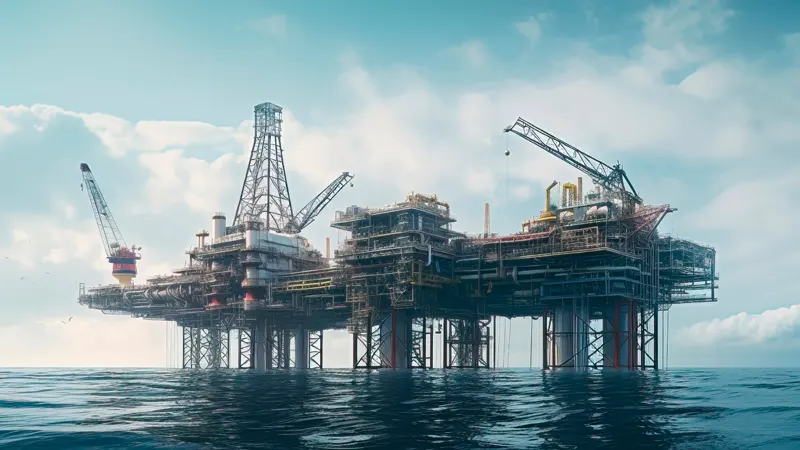
The National Offshore Petroleum Safety and Environmental Management Authority (NOPSEMA), with its regulatory priorities, aims to address the numerous challenges surrounding offshore decommissioning in Australia. Some of the most common ones include:
Australia's decommissioning industry appears to be lacking a fixed plan about its end-state, thereby affecting upcoming decommissioning projects. An additional disadvantage is NOPSEMA's recently introduced 'trailing liability' which enables former titleholders to be called back to work on residual work. Taking into account the immense costs and liability involved, the risk of future decommissioning liability following title relinquishment needs to be appropriately addressed by companies planning decommissioning campaigns.
In its recent skills review, the Centre of Decommissioning Australia (CODA) recognised a significant shortcoming of resources in a number of areas including recycling and waste management, regulatory compliance management, decommissioning planning and reporting and stakeholder management and consultation. One major challenge is that the investment in oil and gas projects and renewable energy industry prevents the existing oil and gas workforce from transitioning their skills to decommissioning. It is therefore important for the government at a state level to address these issues and ensure that project work and revenue remains in Australia.
The availability of limited onshore facilities and ports that are capable of dismantling, recycling, disposing and handling massive topside and substructure loads is found to be a major challenge. In addition to this, the long distances and cost of chartering vessels have a significant impact on the cost and time of decommissioning. Building ports and onshore facilities that fulfil these purposes would help address these challenges.
A limited supply of vessels poses a significant challenge for decommissioning project planning. This is exacerbated by ongoing oil and gas investments as well as emerging renewable energy projects like the offshore wind project. Promoting clarity and openness around upcoming decommissioning projects would therefore help titleholders to better plan and collaborate.
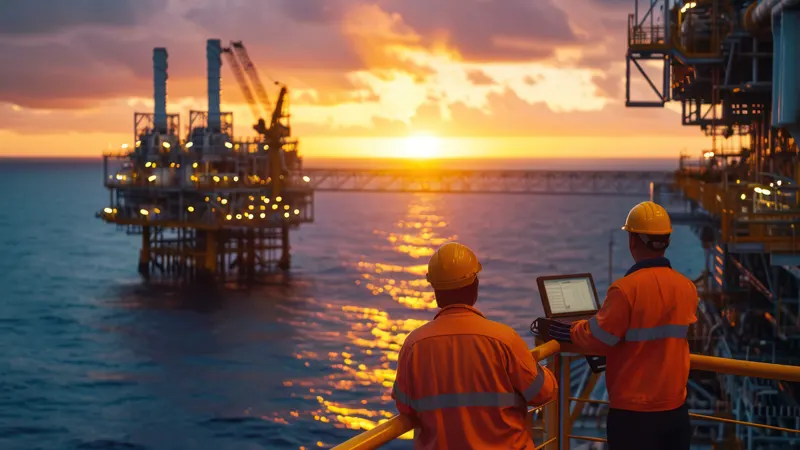
 The Offshore Decommissioning Directorate is leading the implementation of Australia’s Offshore Resources Decommissioning Roadmap, a strategic initiative focused on growing the country’s offshore decommissioning industry. To better support the sector’s growth, the Directorate is seeking input from stakeholders to determine which decommissioning activities are most valuable to different industry players. This feedback will guide efforts to overcome barriers and make the decommissioning process more efficient.
The Offshore Decommissioning Directorate is leading the implementation of Australia’s Offshore Resources Decommissioning Roadmap, a strategic initiative focused on growing the country’s offshore decommissioning industry. To better support the sector’s growth, the Directorate is seeking input from stakeholders to determine which decommissioning activities are most valuable to different industry players. This feedback will guide efforts to overcome barriers and make the decommissioning process more efficient.
The Roadmap’s key objectives include promoting Australia as a global leader in safe, efficient, and environmentally responsible decommissioning practices, expanding the domestic decommissioning industry, and improving interactions with regulatory systems. While the National Offshore Petroleum Safety and Environmental Management Authority (NOPSEMA) remains the regulator for safety and environmental approvals in Commonwealth waters, the Directorate is working to enhance collaboration across the sector.
To achieve these goals, the Directorate is partnering with a wide range of stakeholders, including industry leaders, unions, state and territory governments, First Nations groups, local communities, and international organisations. By encouraging collaboration, improving transparency across the decommissioning pipeline, and offering expert guidance on policy matters, the Directorate aims to ensure that the decommissioning industry operates in line with the Australian Government’s Future Made in Australia agenda.
The Directorate is also focused on strengthening community confidence in regulatory frameworks, ensuring that decommissioning remains an offshore industry responsibility. By collaborating with other governments to share knowledge and best practices, the Directorate is helping to grow the industry’s knowledge base and position Australia as a leader in decommissioning globally.
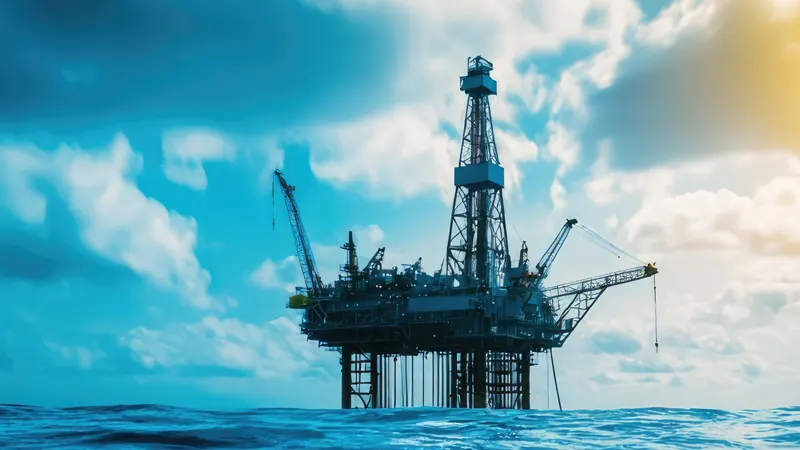
 ExxonMobil-subsidiary Esso Australia Pty Ltd is gearing up to present its decommissioning plan in Bass Strait before the National Offshore Petroleum Safety and Environmental Management Authority (NOPSEMA) early this year
ExxonMobil-subsidiary Esso Australia Pty Ltd is gearing up to present its decommissioning plan in Bass Strait before the National Offshore Petroleum Safety and Environmental Management Authority (NOPSEMA) early this year
The decommissioning campaign that will be undertaken in Bass Strait and the Onshore Reception Centre involves assets comprising 19 platforms with an estimated 400 wells, six subsea facilities and more than 800 kms of subsea pipelines.
Esso is all set to finally bring the curtains down with the Bass Strait decommissioning as most of the fields from the region are nearing the end of productive life after having served Australia's energy needs for more than 50 years. The first campaign will focus on topsides removal of up to 13 facilities, besides removing two monotowers and the upper jacket sections of up to 10 steel piled jacket (SPJ) facilities. These structures will be offloaded for dismantling at the Onshore Reception Centre at Barry Beach Marine Terminal, following which the end resources will be sent mostly for recycling, and the rest for disposal. Esso's association with the Barry Beach Marine Terminal can be traced back to the 1960s since when this port facility from South Gippsland has been the supply depot for Bass Strait oil and gas operations.
The campaign will see round-the-clock marine activities to remove around 60,000 tonnes of offshore facilities, including topsides and jackets. The facilities are predominantly comprised of steel, with the rest including primarily construction materials such as concrete, stainless steel, copper, wood and plastic.
Esso has onboarded Allseas Marine Contractors Australia who will be deploying its heavy lift vessel (HLV), Pioneering Spirit, for the project. Capable of removing entire offshore structures at one go, this vessel has the task covered in a matter of few months, allowing Esso to save considerably in time and costs. “This historic project gives us an opportunity to showcase the capability of our single-lift technology in challenging environments like the Bass Strait,” said Evert van Herel, General Manager of Allseas Australia. “We’re very much looking forward to working with Esso Australia to make this a successful project and thank them for their trust in Allseas to carry out this landmark project!”
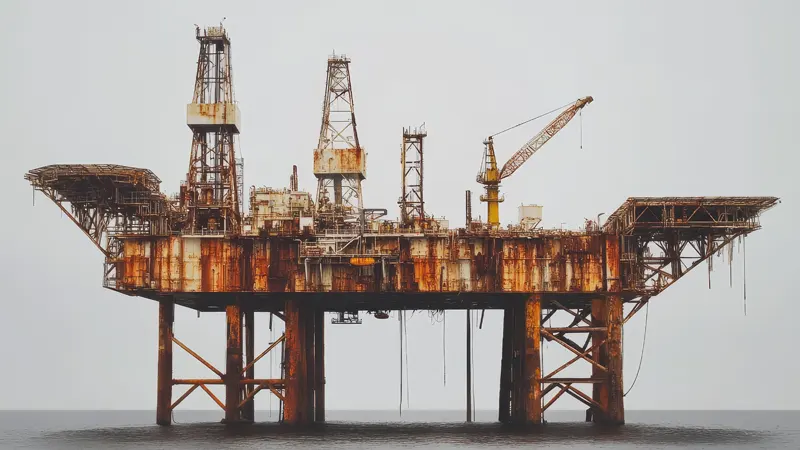

Australia's decommisioning industry regulator, the National Offshore Petroleum Safety and Environmental Management Authority (NOPSEMA) in its Decommissioning Compliance Strategy 2024-2029 outlines the key steps taken to achieve its objective for decommissioning all petroleum wells, structures, equipment and property in Commonwealth waters.
NOPSEMA's vision is to ensure that all decommissioning activities are completed in a timely, safe and environmentally responsible manner. To achieve this, the authority has laid out a list of targets that aim to reduce uncertainity and support the transparency of NOPSEMA's regulatory actions. These targets provide simple, time-based expectations for decommissioning. The approach is shaped by criteria that focus on the time to end of production, uncertainity surrounding that timing, financial capacity and the titleholder's planning performance.
Potential regulatory actions for the four risk tiers in relation to decommissioning include:


The Maritime Union of Australia (MUA) has expressed its support for the establishment of the Offshore Decommissioning Directorate by the Australian Federal Government. This initiative highlights the government's focus on offshore oil and gas decommissioning opportunities over the coming years.
The Union remains committed to advocating for a comprehensive roadmap that ensures full and proper decommissioning, emphasizing high-quality Australian jobs, workplace safety, and environmental care as part of a just transition from hydrocarbon industries to offshore renewable energy projects.
Thomas Mayo, Assistant National Secretary of the MUA, stated, “Decommissioning is well underway, yet offshore workers continue to face unacceptable hazards, including poorly maintained rigs, fatigue, and hydrocarbon spills. The MUA is steadfast in our commitment to holding government and industry accountable for improving safety, environmental protections, and conditions on the job.”
He further emphasised the need for action, adding, “The release of the Roadmap underscores the critical role the MUA has played in shaping this initiative, and now is a critical time to address several significant shortcomings. While we welcome the establishment of a Decommissioning Directorate, the roadmap falls short of the robust framework our members deserve. The lack of concrete commitments, such as industry-funded infrastructure, checks and balances such as independent verification of completed work, and strengthened worker safety protections, is concerning.”
Mayo concluded, “This moment cannot be overstated. Our public response is a clear signal to all stakeholders – government, industry, and our members – that the MUA is increasingly dedicating attention and resources commensurate with the significance of this opportunity. We call on the Federal Government to heed the expertise of the decommissioning workforce and adopt the Union’s upcoming further recommendations to the Directorate. Complacency is not an option.”
The MUA's engagement underscores the importance of ensuring offshore decommissioning is conducted to the highest standards, safeguarding both workers and the environment.
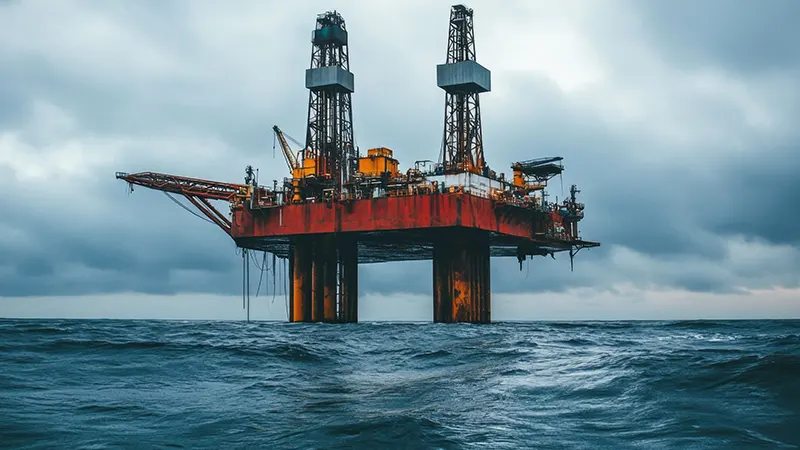

The presence of existing offshore industries positions Australia well to enhance its decommissioning industry.
For decommissioning activities to be carried out efficiently, an experienced workforce, the right vessels available at the right time, and a culture of safety and environmental stewardship are key requirements.
Australia’s domestic workforce exhibits extensive skill and experience in the oil and gas industry. This means that a majority of them can be re-deployed and re-skilled for decommissioning projects supporting Australia’s energy transition. However, the emergence of the renewable sector makes attracting and retaining a workforce significantly challenging.
In Australia, vessels are not hosted but instead imported for heavy offshore decommissioning. While the local availability for heavy lift and specialist vessels don’t appear to be a strategic opportunity, the domestic workforce can provide crew and support for these activities.
Offshore decommissioning will mostly be concentrated in south-east and north-west Australia, with the south-east region hosting significant offshore wind generation in the future. Offshore renewables construction could increase competition for infrastructure and capability, including ports, which requires careful management and coordination.
Australia’s decommissioning industry is well-positioned, with the presence of a domestic recycling industry playing a key role in the waste management phase of offshore decommissioning. However, there are some critical knowledge gaps that need to be addressed. These include innovation on the impact of contaminants on the environment and ecosystems, possibilities to develop new recycling pathways and technologies, and more efficient cleaning and waste management processes.
Australia’s availability of innovative products and technologies creates an opportunity for global exports to other decommissioning markets. The ability to create new innovative products and services makes Australia a significant contributor to the global decommissioning market.

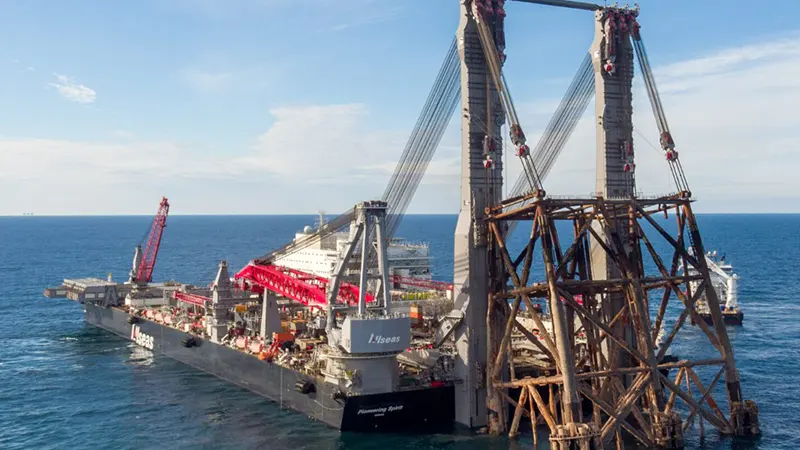 Planning and preparation are underway for Australia’s largest offshore decommissioning project. Esso Australia Pty Ltd, a subsidiary of ExxonMobil Australia, has awarded Allseas the contract to dismantle up to 12 retired platforms from the Gippsland Basin in the Bass Strait.
Planning and preparation are underway for Australia’s largest offshore decommissioning project. Esso Australia Pty Ltd, a subsidiary of ExxonMobil Australia, has awarded Allseas the contract to dismantle up to 12 retired platforms from the Gippsland Basin in the Bass Strait.
The platforms, with a combined weight of approximately 60,000 tonnes, mark a historic milestone for offshore operations in the region.
For the first time, Pioneering Spirit will bring its revolutionary single-lift technology to Australian waters. This cutting-edge capability enables the removal of entire offshore structures – both topsides and jackets – in a single lift, allowing the massive scope of work to be completed within just a few months.
“This landmark decommissioning project represents a significant milestone for Allseas in Australia,” said Evert van Herel, General Manager of Allseas Australia. “Over the past 20 years, we’ve built a strong track record delivering subsea pipelay and construction services for major greenfield projects in these waters. It’s an honour to now bring our expertise to the first removal of platforms of this scale from Australian waters.”
The ambitious timeline includes the removal of up to 12 topsides and 11 steel jackets during a 3–4-month campaign set to begin in late 2027. Once removed, the structures will be loaded onto barges or vessels for transport to the Barry Beach Marine Terminal in Victoria, where they will be dismantled and recycled by an onshore contractor.
The engineering and project management work is being led from Perth and Melbourne, with additional support from Allseas’ offices in Delft and Kuala Lumpur.
“This historic project gives us an opportunity to showcase the capability of our single-lift technology in challenging environments like the Bass Strait,” added Evert. “We’re very much looking forward to working with Esso Australia to make this a successful project and thank them for their trust in Allseas to carry out this landmark project!”
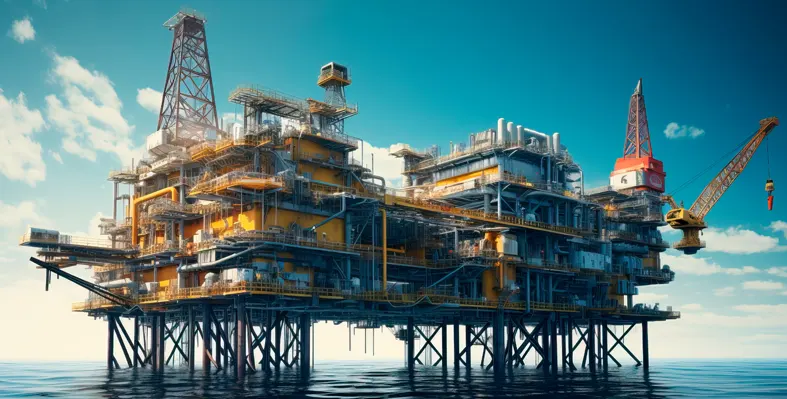
 With nearly US$60bn expected to be invested into decommissioning offshore infrastructure over the next three to five decades, the Australian government has formed an Offshore Decommissioning Roadmap aimed at boosting the growth of the country's decommissioning industry.
With nearly US$60bn expected to be invested into decommissioning offshore infrastructure over the next three to five decades, the Australian government has formed an Offshore Decommissioning Roadmap aimed at boosting the growth of the country's decommissioning industry.
Growing Australia's domestic decommissioning industry not only benefits the country's economy and environment, it also plays a key role in Australia's transition to net zero.
The roadmap maximises the amount of decommissioning activity that happens domestically and ensures that planned activities are taking place with improved efficiency and transparency. It also sets out a path to grow Australia's industrial capability in the management of decommissioning and materials, create safe, top-tier jobs to service a thriving decommissioning industry, all while ensuring that the industry undertakes its decommissioning obligations in a safe, timely and environmentally responsible way.
The roadmap focuses on five main areas of opportunity including the establishment of a regulatory framework that safeguards the environment while attracting investment, fostering meaningful partnerships with First Nations people and local communities, and maximising infrastructure opportunities and availability. Moreover, it encourages job creation and investment in the recycling and waste management sectors while also developing an offshore decommissioning workforce that is safe, skilled and diverse.
To support the roadmap, the Offshore Decommissioning Directorate was formed this month to encourage collaboration among all parties involved, improve transparency across the pipeline, be a trusted partner and advisor on policy matters, strengthen regulatory frameworks and ensure that industry activities complement the Future Made in Australia agenda.
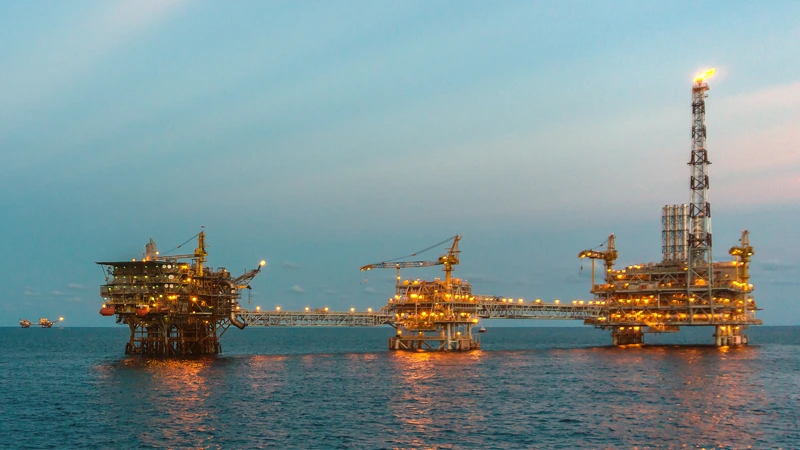

The United Kingdom and Australia have formed a partnership agreement to strengthen cooperation on offshore oil and gas decommissioning.
Announced in a joint statement, the governments of the UK and Australia have sought to establish the partnership that builds on the recently-signed Australia-UK Climate and Energy Partnership. It will combine the 40 years of UK expertise in the North Sea with the blossoming decommissioning services market in Australia.
The agreement was signed by Australian Minister for Resources and Minister for Northern Australia, Madeleine King, and the UK Minister for Services, Small Businesses and Exports, Gareth Thomas. Together, they agreed to encourage cooperation in areas including supply chains, knowledge and skills, regulations, and financing while supporting engagement between UK and Australian businesses engaged in decommissioning.
Furthermore, it will establish a working group comprising industry representatives, academic partners, and regulatory bodies to develop a collaborative framework and partnership programme. This will identify viable decommissioning projects that would benefit from cooperation, delivering these in accordance with international quality and sustainability standards.
Through the identification of capability, equipment gaps and strengths, the group will also facilitate the sharing of decommissioning expertise between the two countries with knowledge transfer opportunities.
Page 2 of 9
Copyright © 2025 Offshore Network